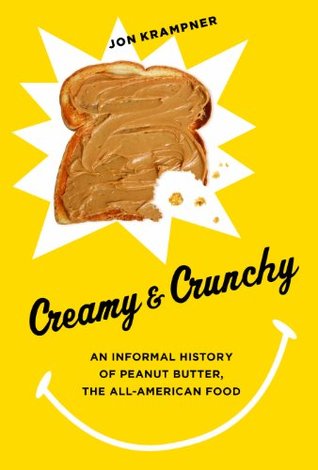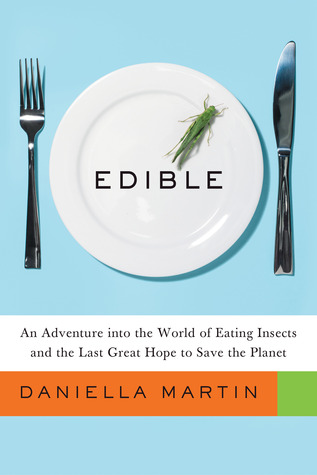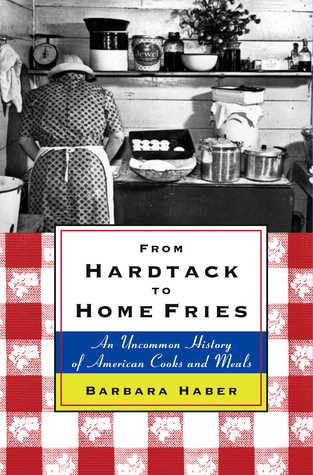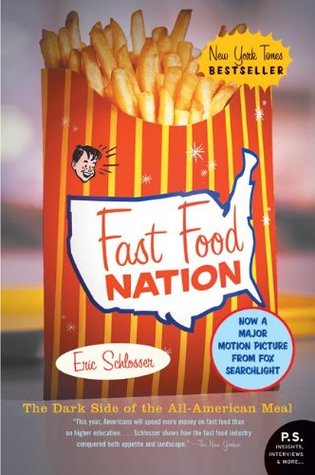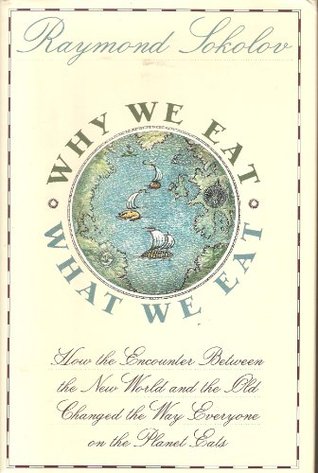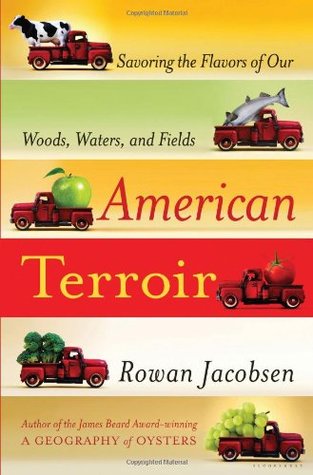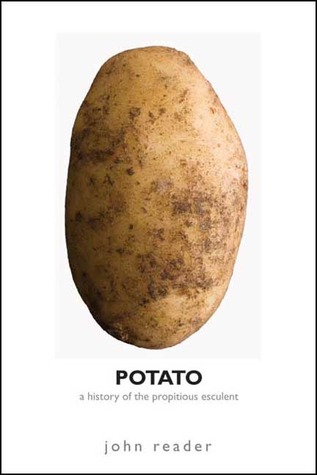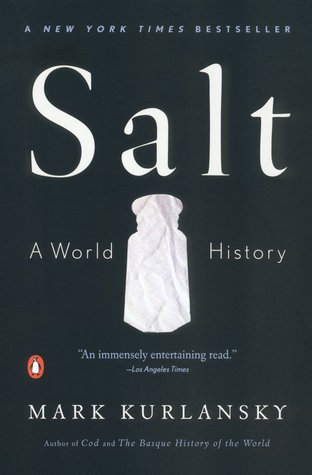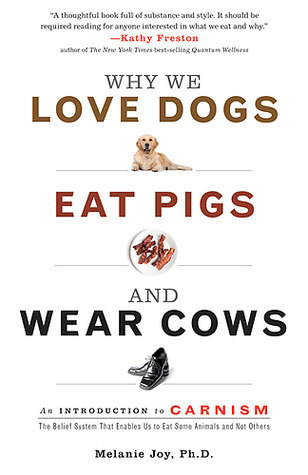
Why We Love Dogs, Eat Pigs, and Wear Cows by Melanie Joy
Why We Love Dogs, Eat Pigs, and Wear Cows: An Introduction to Carnism, The Belief System That Enables Us to Eat Some Animals and Not Others
by Melanie JoyThis groundbreaking work, voted one of the top ten books of 2010 by VegNews Magazine, offers an absorbing look at why and how humans can so wholeheartedly devote themselves to certain animals and then allow others to suffer needlessly, especially those slaughtered for consumption.
Social psychologist Melanie Joy explores the many ways we numb ourselves and disconnect from our natural empathy for farmed animals. She coins the term “carnism” to describe the belief system that has conditioned us to eat certain animals and not others.
In Why We Love Dogs, Eat Pigs, and Wear Cows, Joy investigates factory farming, exposing how cruelly animals are treated, the hazards meat-packing workers face, and the environmental impact of raising 10 billion animals for food each year. Controversial and challenging, this book will change the way you think about food forever.

